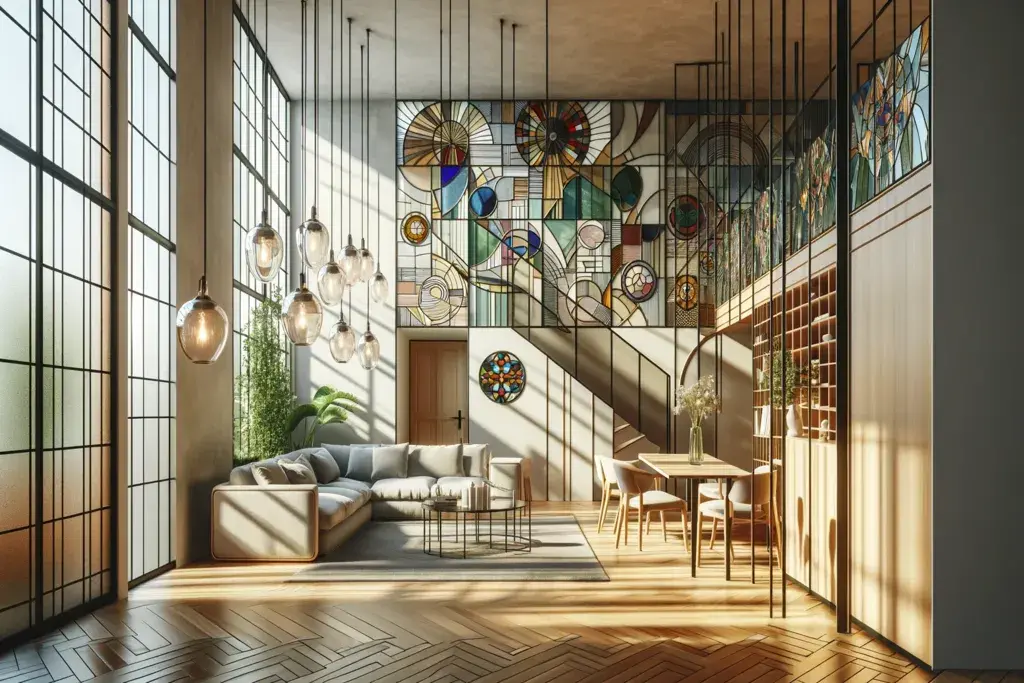Architecturesideas
1M
229

Image Credit: Architecturesideas
Stained Glass Trends in Modern Architecture: Blending Tradition with Innovation
- Stained glass trends in modern architecture have seen a resurgence, blending tradition with innovation and catering to residential, commercial, and public buildings.
- The stained glass industry is projected to grow steadily by 4.5% annually from 2025 to 2034, offering unique light manipulation and privacy solutions.
- Modern stained glass designs focus on minimalist integration, abstract expressions, and interactive light displays, departing from traditional patterns.
- Stained glass is being used in contemporary homes as vibrant partitions and artistic sanctuaries, enhancing the aesthetic and warmth of living spaces.
- In commercial offices, stained glass contributes to creating inspiring work environments by filtering natural light through colored glass.
- Public buildings like museums and concert halls utilize stained glass for cultural identity enhancement and engaging visitors with light and colors.
- Iconic modern buildings, such as Chapel of St. Ignatius and Cathedral of Brasília, showcase the innovative application of stained glass in architecture.
- The future of stained glass in architecture looks promising, with advancements in sustainability, technology, and fusion with other materials.
- Stained glass continues to be a cornerstone of architectural artistry, offering opportunities for creative expression and environmental sustainability.
- As architects push boundaries and technology advances, stained glass remains a versatile and captivating element in contemporary design.
Read Full Article
13 Likes
For uninterrupted reading, download the app